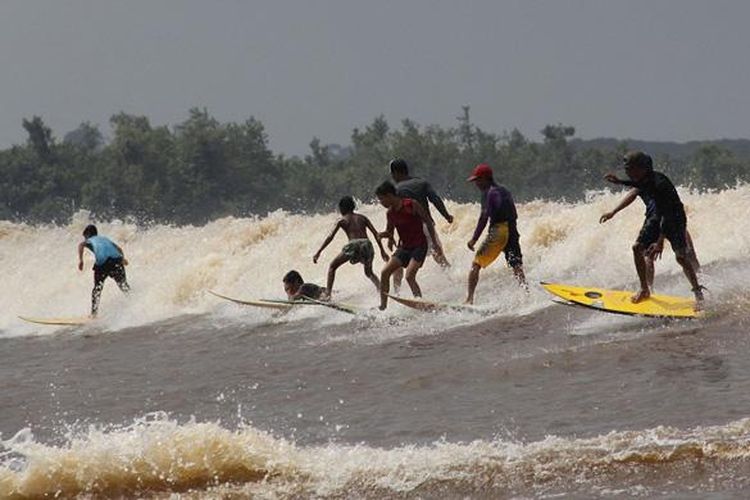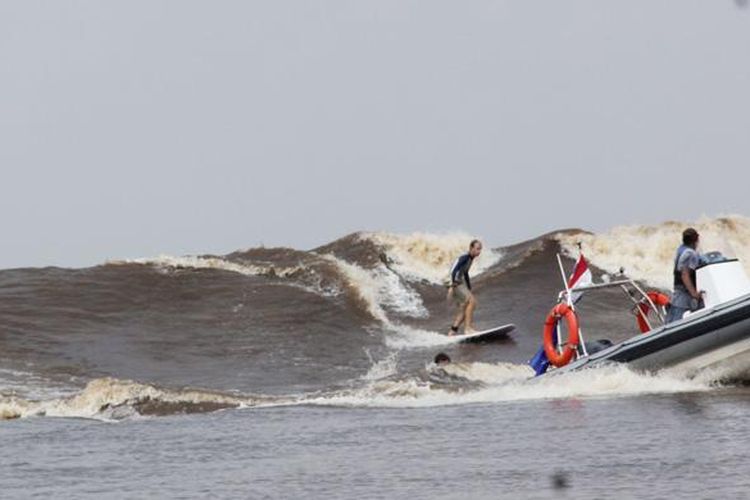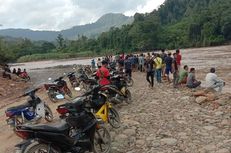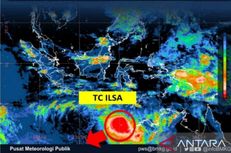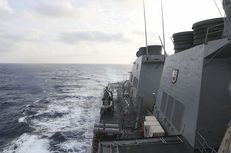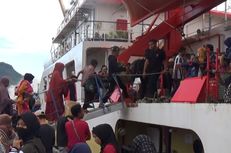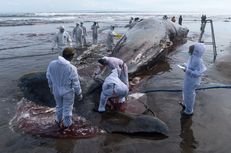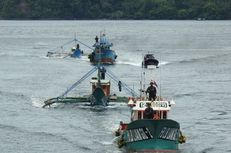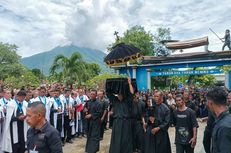Surfing Down Indonesia's Kampar River
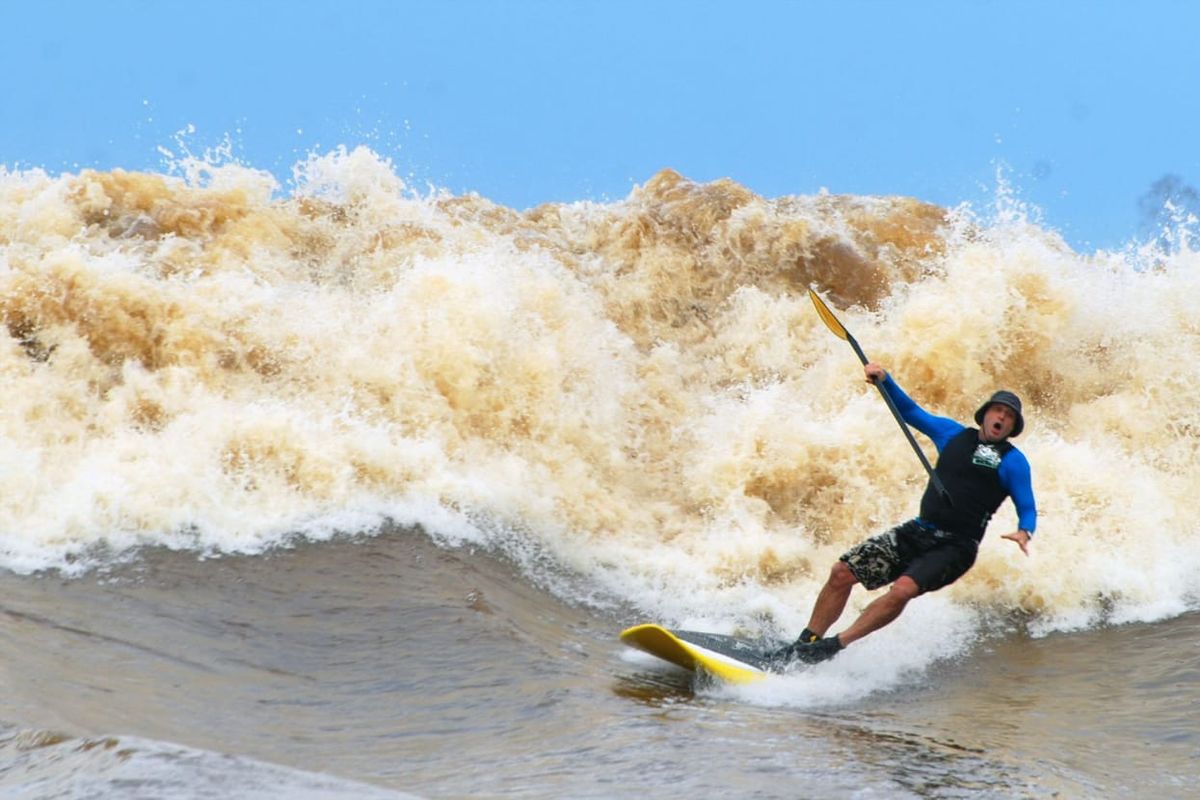
KOMPAS.com - The roar of the waves filled the ears of the surfers, as well as those watching on land watching them wade out to the waves. One can assume that this scene took place in Bali, Australia and Hawaii, but in fact it is none of the above.
Instead, this quest for the perfect wave took place on the shores of the Kampar River in the Pelalawan Regency of Indonesia's Riau province.
Known as bono waves, from the Melayu language term for ‘brave’, the breakers roll the length of the estuary from the villages of Pulau Muda to Teluk Meranti and Tanjung Mentangor.
Also read: Indonesia Weather Agency Warns of Tide Floding in Coastal Areas due to Lunar Eclipse
In the estuary, bono waves can reach speeds of 50 to 60 km, though it moves at an average speed of 40 km an hour, and heights of four to five meters. The waves will shrink no more than 70 centimeters to one meter the farther it gets from the estuary.
These big waves are distinct from their ocean going counterparts because they flow against the river current. And unlike the swells of the open sea, bono waves can reach lengths of 200 meters to two kilometers, depending on the river shores.
Confluence of three currents
While bono waves is distinct from ocean tides, they still owe their formation to the open sea.
"Bono waves are created when waves from the Malacca Strait and the South China Sea converge with the mouth of the Kampar River," said Ministry of Marine Affairs and Fisheries coastal environment researcher Guntur Adhi Rahmawan.
Also read: Belitong Geopark Wins UNESCO Global Geopark Destination
"As the latter pass through the narrower and shallower Kampar watershed and meet the river flow, they will accelerate and bring about a big collision. The turbulence will produce large waves from four to five meters in height with a loud bang, similar to a tsunami wave."
But he pointed out that bono waves will continue to run along the watershed for about two hours, and gradually weaken with every turn of the river.
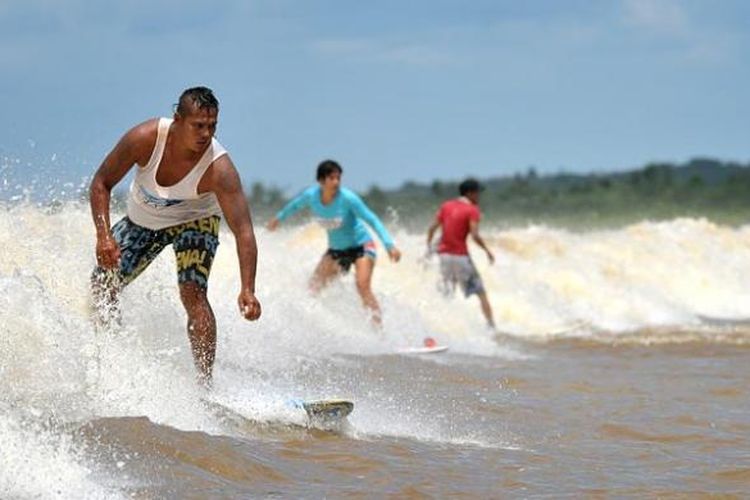 Bono waves on the Kampar River, Riau
Bono waves on the Kampar River, RiauBono waves are known to be destructive, because they cause erosion in the Kampar River and overflow onto land. They often flood houses with inundations of up to one meter in depth, and capsize fishing boats.
Yet this phenomenon is not a daily occurrence. Bono waves come about at high tide during a full moon, particularly as water levels on the Kampar River rise during the peak of the rainy season between October to December. they also occur from February to March.
The myth of the seven ghosts


